Testing Vegan Eggs
I recently came across an egg substitute, which claimed it could be cooked like a scrambled egg. Naturally, I was curious and a couple weeks down the road, forked over the $8 it cost me for a small carton of 10-12 VeganEggs from a California-based brand called Follow Your Heart.
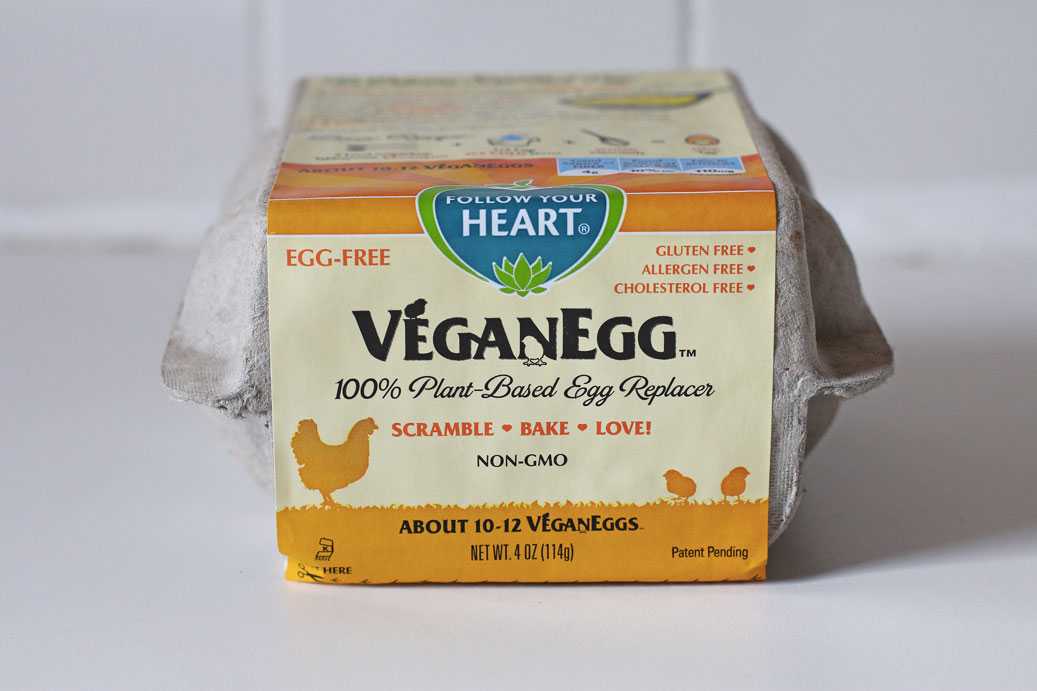
The eggs came in the form of a light yellow powder, which is similar to most other egg substitutes. One egg equals two tablespoons of egg powder with a half cup of ice cold water. The ingredients of the powder are all plant-based with algal flour and algal protein from algae as the star ingredients.
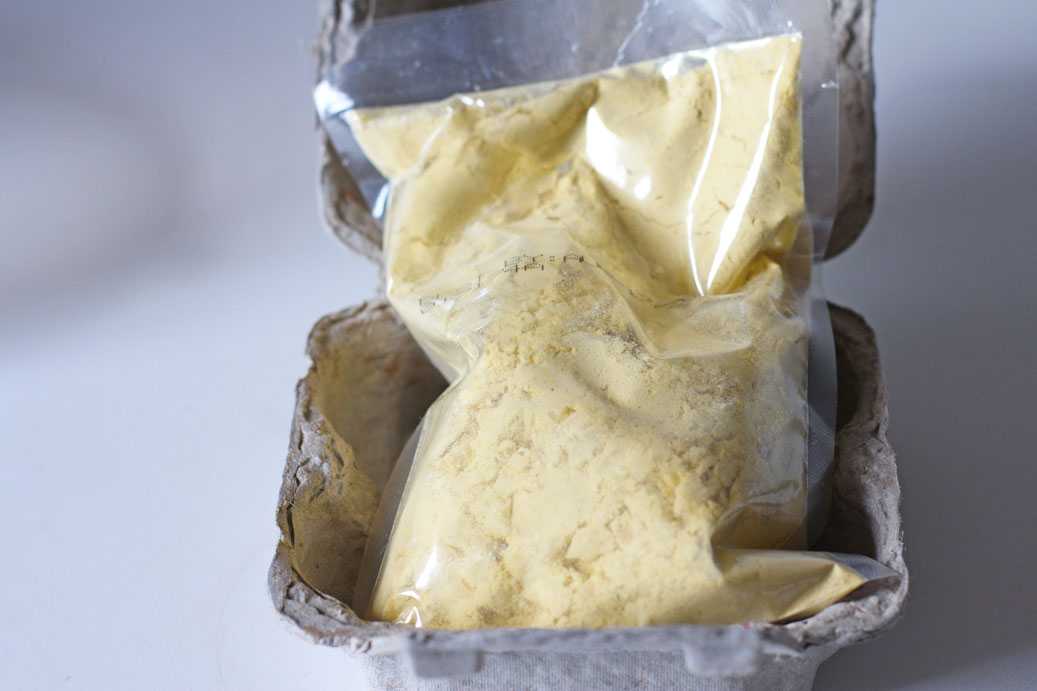
The site says the algae naturally contain high levels of healthy fats, carbohydrates and micronutrients. In addition, it is also a great source of fiber, with each egg containing four grams of fiber or 16 percent of your daily value. Compared to a chicken egg, the vegan egg does have less protein, one gram per egg versus six, but the vegan egg is also cholesterol-free, has less fat and again, contains a ton more fiber. The website also highlights the vegan egg's impact on sustainability and the environment versus the chicken egg, which is worth noting.
Scrambled Eggs
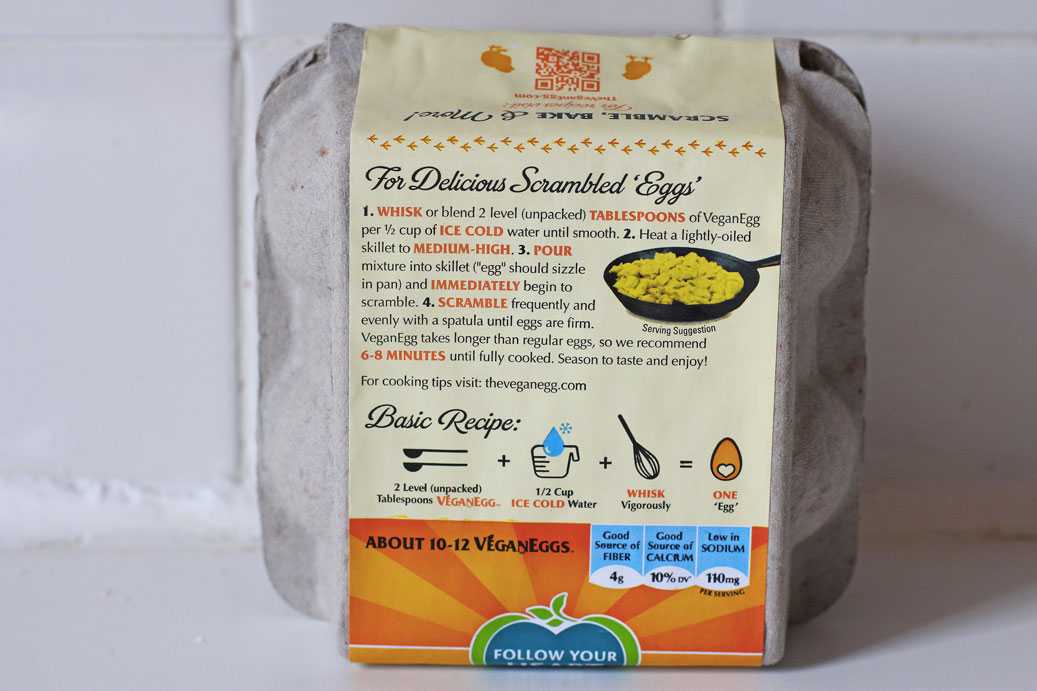
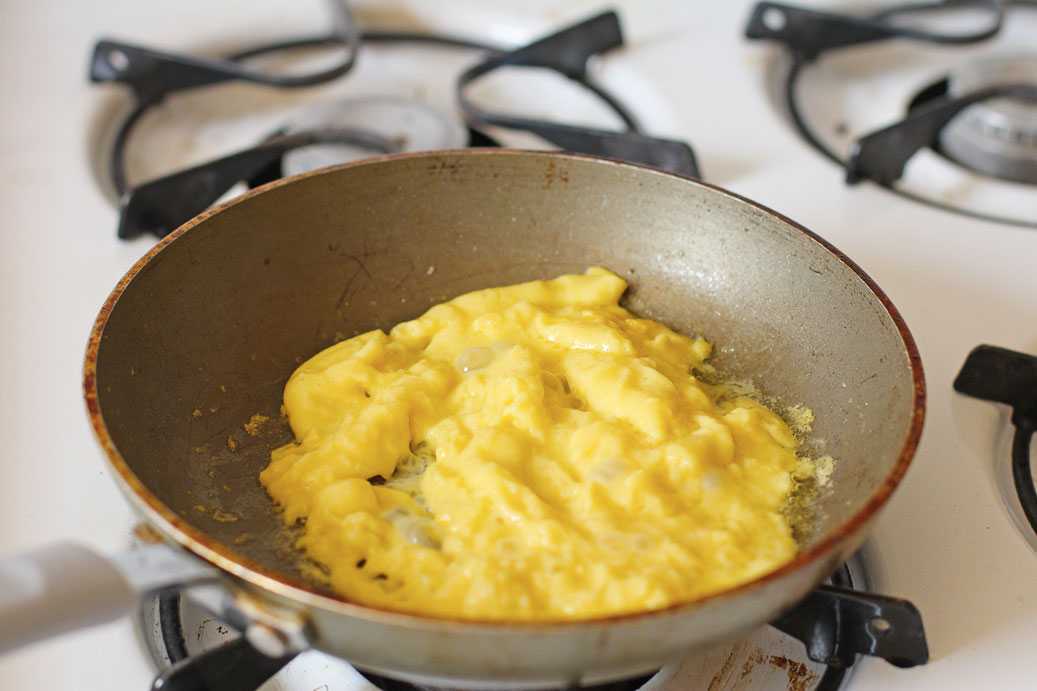
- Preparation: After a brief whisking of cold water and the egg powder, the mixture thickens up. (Note that a blender can be used to add additional aeration to the eggs.) Immediately, the mixture emits a smell of what seemingly is the sulfurous odor of an actual egg.
- Cooking process: It is recommended that the eggs cook for 6-8 minutes. Basically, for the first 1-2 minutes, the egg goes from liquid to the beginnings of coagulation.
- As you move the egg around, curds start forming and it would seem that you have pretty good scrambled eggs by minute three. But then something interesting happens. The egg starts expelling a lot of the water you put it and there is almost a separation between the solid egg pieces and the water. The last several minutes are spent to evaporate the expelled water.
- Taste The flavor of scrambled vegan eggs, from the nutritional yeast and salt in the ingredients list, taste just like actual scrambled eggs. Texturally, the eggs tasted a bit slimy and more gelatinous than a chicken egg. I cooked the eggs for 5 minutes, but will say that the drier the egg, the more closely it tastes to a drier type of scrambled eggs.
French Toast
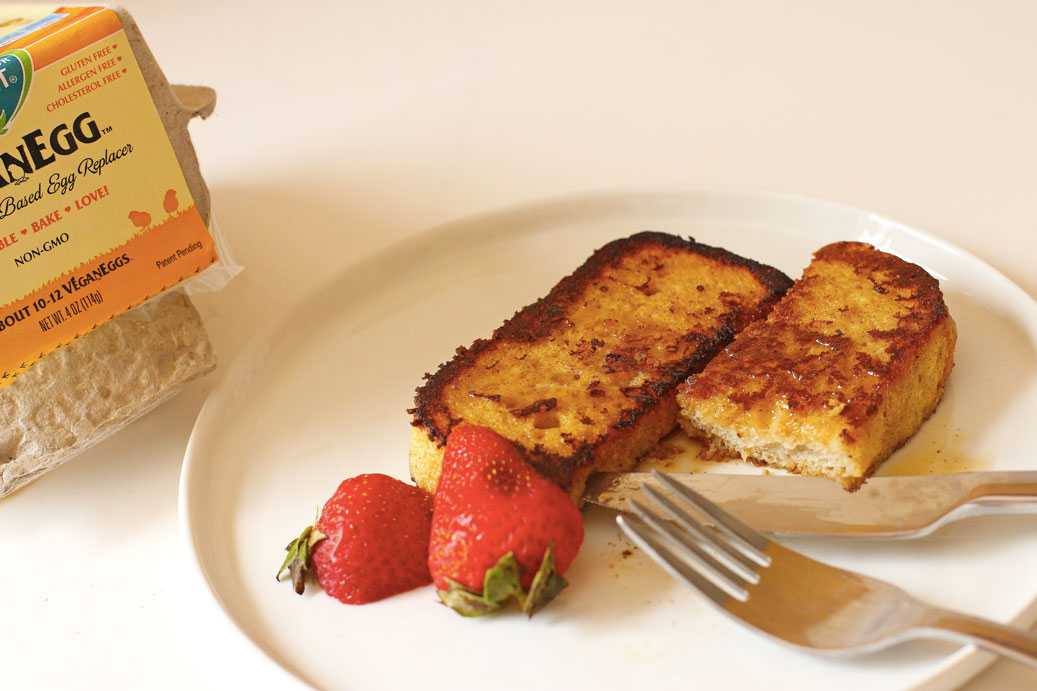
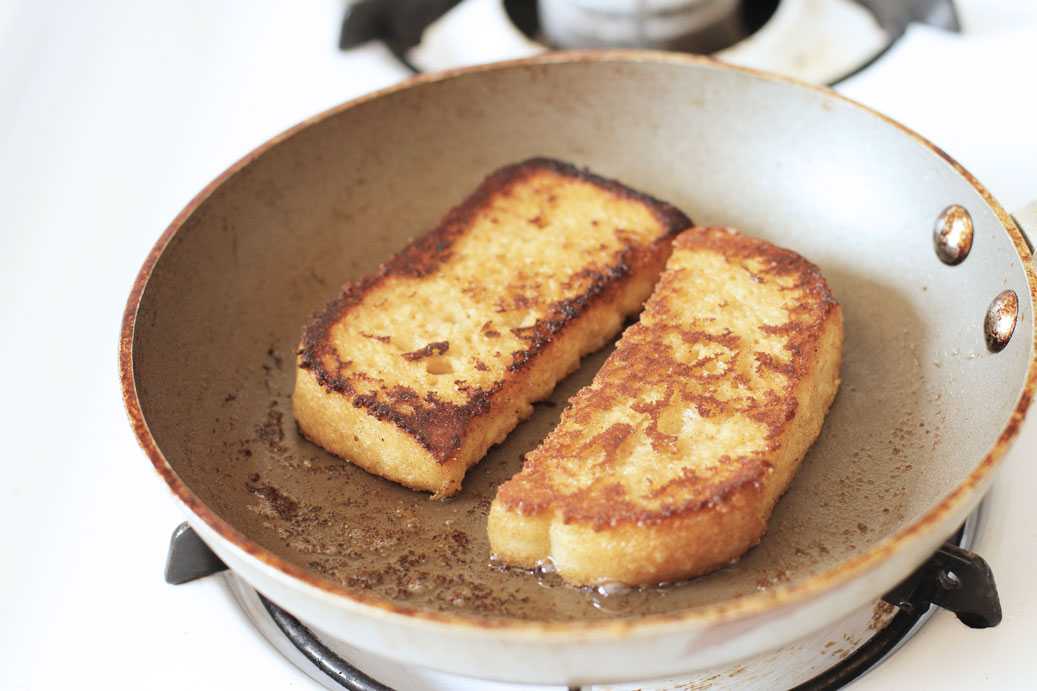
- Preparation: I prepared the French toast batter according to the sample recipe instructions. It was a little bit thick just like the scrambled eggs mixture. I let the bread sit in the batter for about 5 minutes before cooking it.
- Cooking: I heated the pan over medium-high heat and added a bit of Earth Balance to it. I cooked each side for 2-3 minutes. One of the bread pieces did start to burn, but I just turned down the heat a bit. Both sides came out well-browned like what French toast looks like.
- Taste: Flavor and texture tastes exactly like a normal French toast would. I have had vegan French toast where the bread tasted gummy because the egg substitute mixture contained too many starches, which weighed down the bread and turned it gummy as it cooked. There wasn't that issue with these.
Fresh Egg Pasta

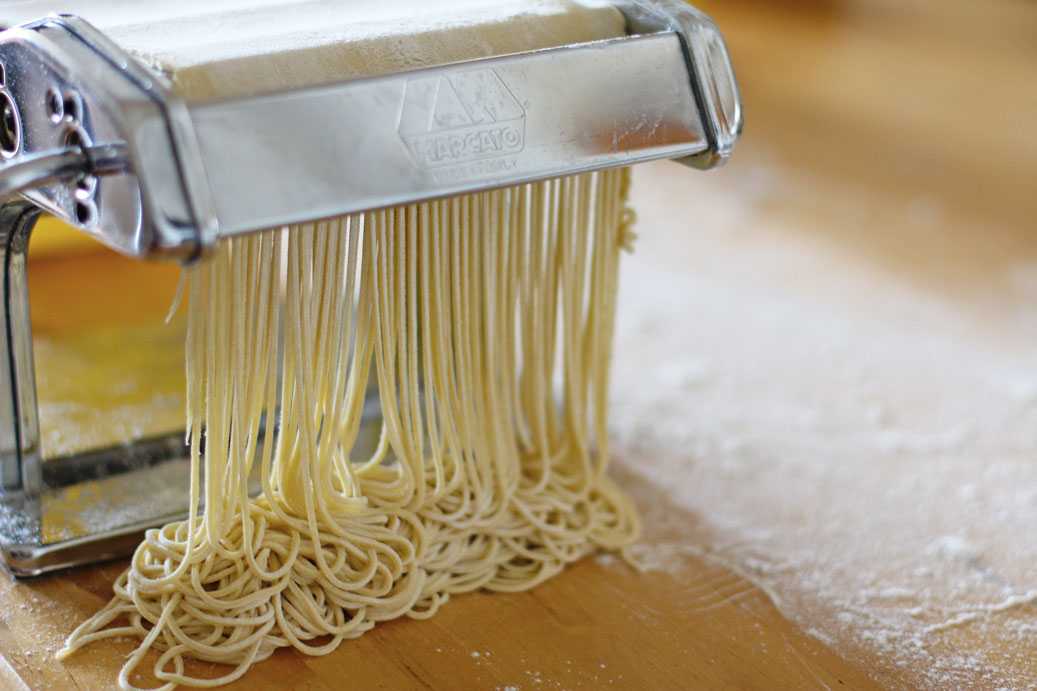
- Preparation: I took a basic egg pasta dough and substituted the eggs for VeganEggs. Instead of using a 1/2 cup of ice water per egg, I only used 1/4 cup per egg. Originally, I thought I had used too much water, but everything absorbed into the flour. The dough seemed to knead very similarly to normal pasta dough.
- Cooking: I cooked the fresh noodles in salted boiling water. I really only took about 1 minute until the noodles floated. I took the noodles out with a strainer and rinsed the pasta under cold water.
- Taste: The flavor of the noodles were somewhat bland and didn't taste as rich as egg pasta. The noodle texture was lighter than egg pasta and lacked the bite. It is similar to a "no yolk" pasta that may have been made with egg whites only.
Swiss Roll Sponge Cake
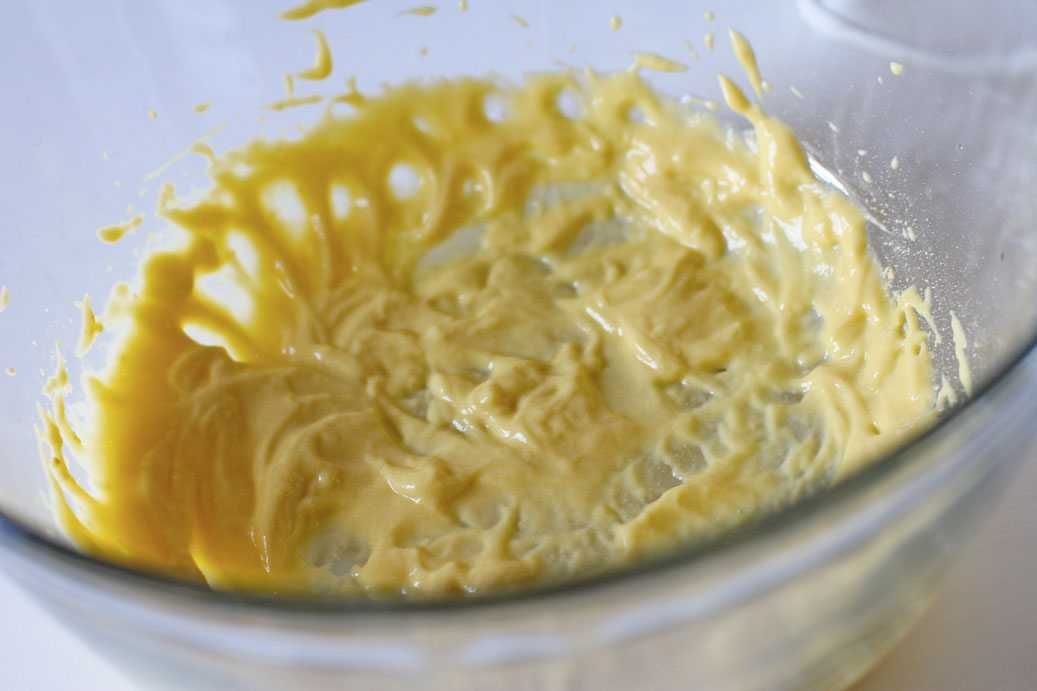
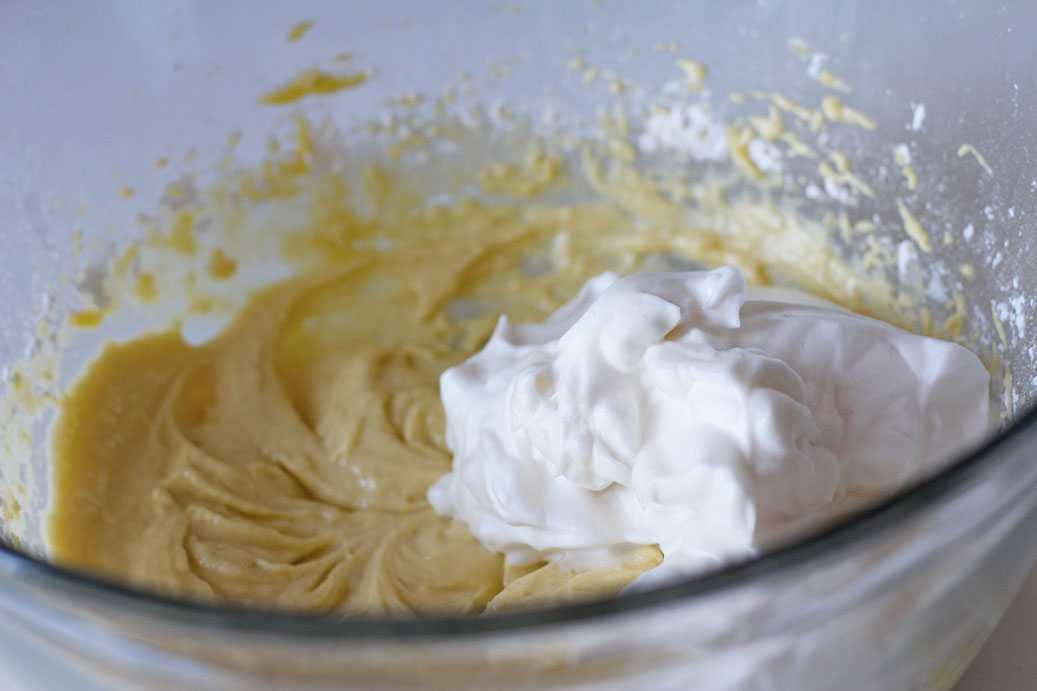

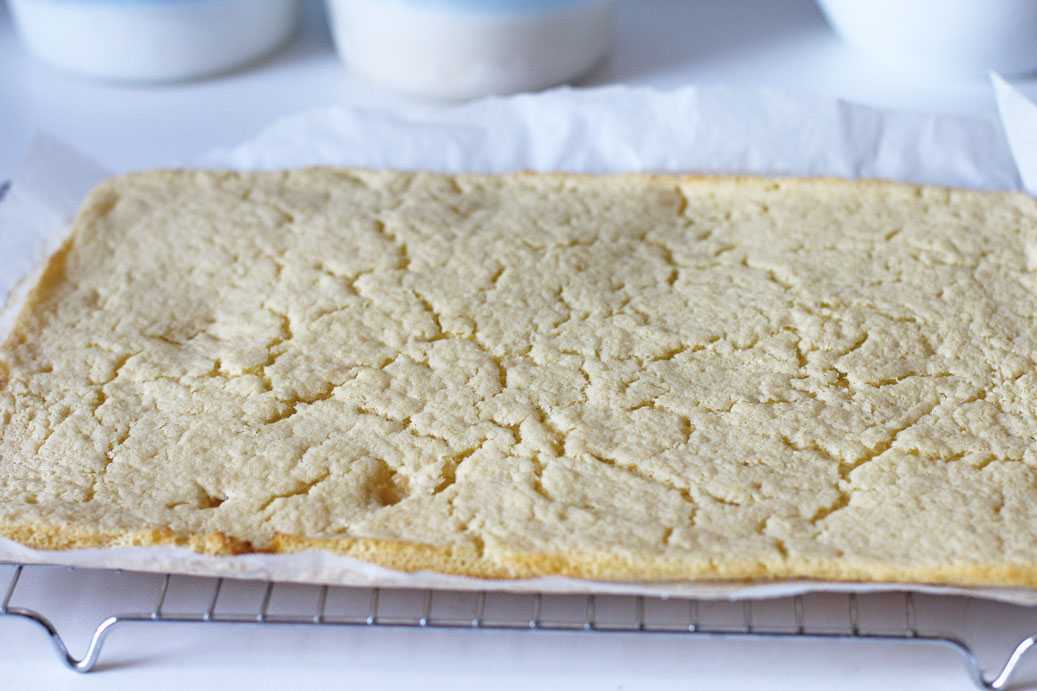
- Preparation: For the sponge cake, I used VeganEggs as the egg yolk substitute and aquafaba as the egg white substitute. I assumed that an egg was basically 1/3 egg yolk and 2/3 egg white to make the substitute for the egg yolk. I whipped the VeganEggs first and they seemed thick and actually aerated. I then mixed in the dry ingredients and eventually folded in the aquafaba. The batter looked light and airy.
- Baking: I baked the cake at 350 degrees Fahrenheit like a normal sponge cake. When I checked the sponge cake towards the end of the baking process, it didn't rise and most of the aquafaba had deflated. The lack of a rise could possibly be due to the lack of baking powder or soda. The VeganEggs coagulation was not able to stabilize the aquafaba. Perhaps the temperature could be lowered as well.
- Taste: Flavor-wise, the taste of the cake was spot on. Texturally, the cake was actually quite light and airy like a Swiss roll sponge cake. The only issue was the sheet of cake was very thin as nothing had rise and the batter had deflated.